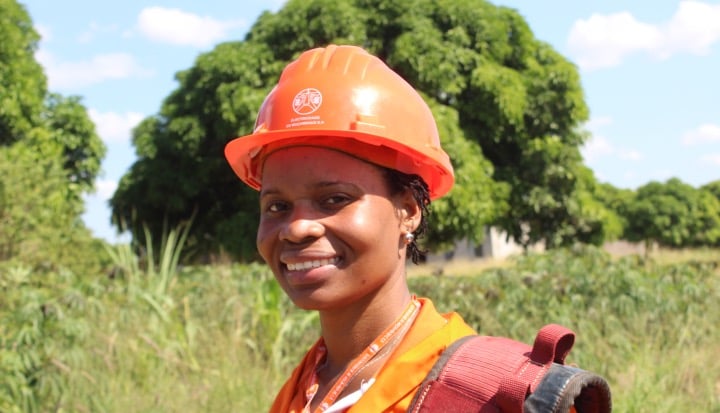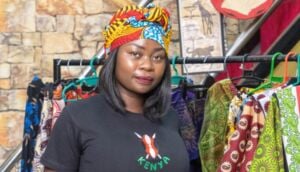It’s rarely big news when companies make commitments to greater diversity and a higher representation of women in leadership teams. They do so for various reasons. Some believe diversity and inclusion (D&I) is a corporate performance driver and boosts financial performance, allows companies to choose from a wider swath of talent to solve problems and spark innovation or mirror a company’s customer base. Others believe inclusive workplaces are simply a question of fairness and a valid objective in its own right.
Regardless of the motivation, companies are quick to adapt training programmes on diversity and inclusion or unconscious bias to make progress towards more inclusive workplaces—as a kind-off go-to strategy for dealing with the lack of diversity. In fact, training is so widespread that it’s developed into a lucrative industry. Yet, there is ample evidence that training alone does not change attitudes or behaviour. If it does, not by much and not for long. In a way, it is not surprising that short-term educational interventions (in a classroom or online environment) may not result in long-term changes in people.
MUVA’s relationship with Electricidade de Moçambique (EDM) started with the state-run electricity company approaching MUVA as a training provider. The utility had pledged to increase female representation among staff from 18 percent in 2019 to 40 percent by 2030. Training was seen as a key pillar in its strategy. Through a collaborative process between EDM and MUVA, a more comprehensive support package was agreed, that included a diversity and inclusion diagnosis through staff interviews and a comprehensive training strategy, including mentoring of human resources personnel, strategic leadership engagements, training targeted at middle management and an expanded induction process for all staff (delivered in tandem with EDM trainers).
Committed to “Gender Action Learning” MUVA’s approach, inspired by gender at work, involves understanding how power imbalances affect people’s private lives as well as corporate decision-making. Participatory training exercises encouraged a reflection on how social and cultural norms shape gender roles at home and work. Questions were asked on how inequalities manifest as unwritten rules in the workplace, preventing women from reaching their full potential. At the same time, this allowed participants to have an active say in how the company’s culture should be strengthened. Action Plans were drawn up to ensure clear next steps to create an inclusive working environment for everyone.
Did it work? Training evaluations were positive, indicating improved awareness of and willingness to challenge inequalities. Most importantly, we started seeing signs of behavioural change. It has been reported that staff is actively listening and communicating respectfully. A male Director invited a female colleague to work alongside him, a rare example of shadowing at the company. Moreover, it has become more acceptable for female technicians to work outside the office alongside their male colleagues. We know that organisational change does not happen overnight, but we are starting to see important cracks.
There is no quick fix to achieving diversity and inclusion at work. A one-off training session is for sure not the solution. At MUVA we believe in the power of training as a tool to transform organisations. At the same time we know, that training can only ever be the start of a company’s diversity and inclusion journey. The key to improving the effects of training is to make it part of a wider program of change and couple it with the right complementary measures. MUVA’s experience would suggest engaging staff in finding solutions worked: it created the space to understand and question underlying power dynamics that drive the exclusion of women and minorities at work. On the other hand, if companies do not have the time or resources to support a wider organisational change process, diversity & inclusion training initiatives may do more harm than good.
If you want to learn more about EDM’s journey towards a more inclusive workplace and get an insight how MUVA measures diversity and inclusion, read more in this paper.










